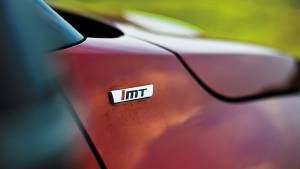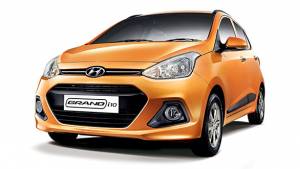Cars with automatic transmissions in India: cost is the decider
The Nissan Micra has had a facelift, but the most significant change in the model is the introduction of an automatic version. The Micra CVT (as the automatic version is called) won't be very significant when it comes to bringing in the sales numbers though, because cars with automatic transmissions just haven't clicked in the Indian automobile market so far. Not that there's anything wrong with automatics I mean just look at America or Japan where autos are so common that manuals almost seem exotic.
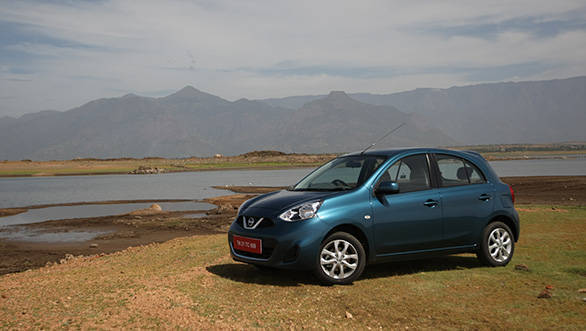 2013 Nissan Micra
2013 Nissan Micra
The low popularity of automatic cars in India is driven by three main factors, and all stem from the same ideology; given a choice, we'd more often than not choose saving a few bucks over convenience. When it comes to automatics versus manuals, firstly, the former isn't as fuel efficient, and secondly, these are more expensive to buy compared to the manual versions of the same model. Maintenance cost for autos is perceived to be high as well. So the one aspect Indians give the most importance to - cost - is where automatics falter big time.
Says Chikuya Takada, Head, Product Planning, Nissan Motor India, "There has always been good potential for automatics in India but customers here have basically three key concerns or perceptions - low fuel economy, expensive technology and high maintenance."
Jnaneswar Sen, Senior Vice President, Sales & Marketing, Honda Siel Cars, has a similar reading of the situation. He says, "The automatics in premium cars at the higher end of spectrum like Accord and CR-V have always been quite popular and have accounted for more than 50 per cent of their sales. However, share of automatics in hatchbacks and compact sedans have not been so significant due to customer's perception of automatics being expensive to maintain and less fuel efficient."
What makes it even more challenging for the Indian customer to buy an automatic, is the lack of options. Almost every automatic model in the country (barring the luxury end of the market), has traditionally been available only in the most expensive trim. So, for someone looking for a relatively low entry price point for a car he'd want to buy, he is only left with a manual option. Lately this trend has changed a bit with car makers offering their automatics in the second-most expensive trim level instead. But again, choice of choosing between trims is still non-existent.
Diesel automatics
Also, almost non-existent are diesel-powered automatics, and again we are discounting the luxury end of the market here because at that end customers really have no choice of choosing the type of transmission they simply can't opt for a manual at all! But, in the hatch and sedans costing upto 15 lakh, there really isn't a choice when it comes to diesel automatics. There is the Verna diesel, but then that's about it.
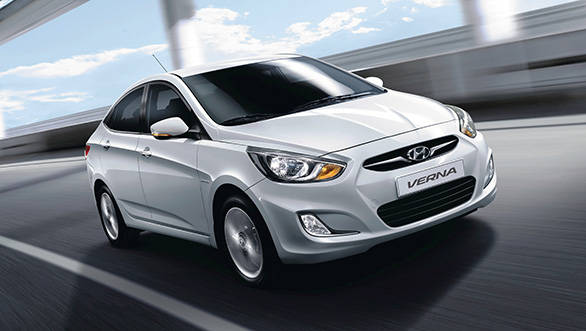 The Hyundai is one of the only diesel automatics under 15 lakh
The Hyundai is one of the only diesel automatics under 15 lakh
The reason for this again, is costing. Of course, given the inherent efficiency of diesel engines and their better torque spread, the fuel efficiency isn't as big a issue here as in petrol autos. However, because diesel engines are more expensive (blame it on better technology like common rail, direct injection and turbocharging against run-of-the-mill petrol engines), adding an auto box simply throws the pricing equation into disarray.
According to Takada, diesel cars cost a lakh rupees more on an average compared to petrol-powered options, and if another lakh is added for the automatic gearbox, it becomes a very expensive option to buy a diesel AT.
Not that car makers haven't tried, but customers weren't willing to pay such a high price. Therefore, the penetration levels of diesel automatics in India is very low.
Takada ponders, "Key preference for AT customers is two pedals and better fuel efficiency at an affordable price. So if this combination is available with petrol cars, maybe the customer is satisfied enough."
Mating an automatic to a diesel engine also pushes the car to a higher segment in pricing terms than intended and therefore makes little business sense for car makers. The pricing also makes diesel automatics less attractive to buyers, and the higher depreciation for such cars doesn't help their cause either.
Changing outlook
The question that remains to be answered is if autos aren't popular why has Nissan launched the Micra CVT? Or, why did Honda add an automatic to its Brio and Amaze lineups? Or, why does nearly every car maker now have an auto option for nearly all its cars? The answer lies in the growing popularity and the hidden potential of the segment. Of course, the numbers - both in sheer volume terms as well as the growth rate - for this segment aren't noteworthy yet, but what's pushing car makers to invest in the category nonetheless, is the logic behind such a product category.
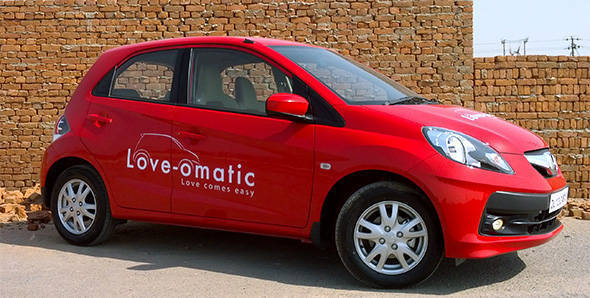 The Brio is available with an auto 'box in two trims
The Brio is available with an auto 'box in two trims
Let me elaborate. Our roads are getting more and more choked with traffic. Distances, even as short as 30km take over two hours to cover during peak hours in our cities. But people are still driving to work. Soon enough, the buying public is going to realise some important things about automatics; helped of course by some intelligent push by the dealership staff of car makers.
First because there's less to do while driving an automatic like not having to press the clutch pedal every other second or to shuffle between first and second gears every other minute, automatics are a lot easier to drive in cities.
Second because the pace of travel in our cities is becoming progressively slower, the difference in terms of fuel economy or even performance between a manual and an automatic isn't that telling anymore; one can rarely exploit it at all.
Third because more and more women are taking to the wheel and we know for a fact that even though women can multi-task really well, when it comes to driving or riding, they like to keep things as simple as possible. One of the reasons more women choose gearless scooters over motorcycles.
Fourth with technology for automatic gearboxes getting better and the sales staff at dealerships increasingly citing examples of luxury cars being automatics, the acceptance levels for automatics is on a rise.
And Fifth because a growing number of Indians now work abroad, when they return, they prefer automatics because that's what they have grown used to.
Says Jnaneswar Sen, "The customers are willing to opt for AT option increasingly as people living in cities are often working in suburbs with driving time of about 2.5 ~ 3 hours everyday. There is stop go traffic and automatic transmission cars offer comfortable drive without having to shift gears during the slow moving traffic. Moreover, with the advancement of technology, the AT variants offer comparable fuel efficiency like their manual variants."
According to Sen, the growing popularity of automatic cars can be gauged by the fact that the total penetration for such cars in the Indian industry has grown by 32 per cent over the last three years.
So, the potential for automatic cars in our urban environment is huge, and there is a decently large variety to choose from as well; a number that is set to rise with the Micra CVT launch and other models that are in the pipeline. But, there's still no denying that the road to success for cars with automatic transmissions in India is a long one.
-NA-
1198cc
Automatic
-NA-
109
16.5 Kmpl
Starts Rs 9.31 Lakhs
1493cc
Automatic
115
250
-NA-
Starts Rs 5.99 Lakhs
1198cc
Automatic
64
104
19.34 Kmpl
